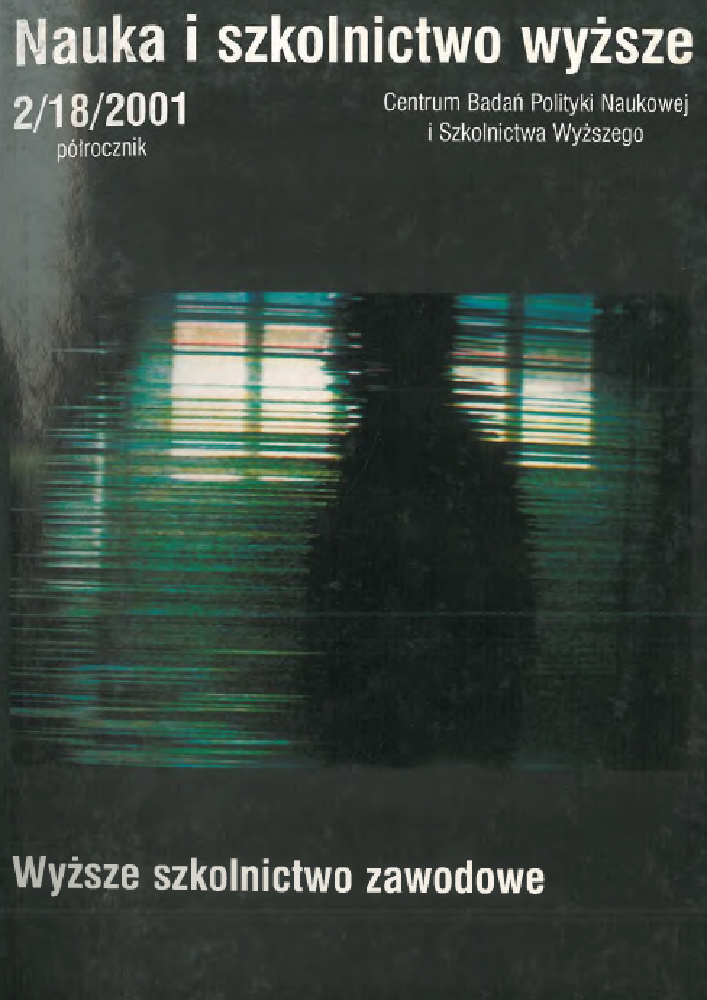Abstract
Transparency in higher education is one of the aims of the Bologna Declaration (1999). In a number of countries in Europe this led to processes to change quality assurance into accreditation, which supposedly results in more transparency. Are these lessons to be learnt from experiences and Central and Eastern Europe regarding accreditation since 1990? The author maintains that the character of those “first generation" accreditation systems is more exclusively academic and drives towards uniformity more than the multifaceted systems needed for Bologna’s “second generation” requirements. A “multiple accreditation system” would answer these requirements better. Some principles of a multiple accreditation systems are presented, together with consequences of external evaluation criteria and procedures. Two nascent accreditation systems designs in Western European countries (Germany and the Netherlands) are then compared with the demands set by the Bologna Declaration and with the design principles of a multiple accreditation system. The main conclusion is that although some steps towards an open and flexible accreditation system are set, at the present stage of their development it seems that maintaining national control in these two cases has more priority than achieving Europeanwide transparency.
References
ABET 2001 Accreditation Board for Engineering and Technology: www.abet.org
Akkreditierungsrat 2001 Akkreditierungsrat: www.akkreditierungsrat.de
[The] Bologna... 1999 The Bologna Declaration on the European Space for Higher Education: www.cre.uniqe.ch
Campbell C. i in. (2000) The European University. A Handbook on Institutional Approaches to Strategic Management, Quality Management, European Policy and Academic Recognition, European Training Foundation, Torino.
EAPAA 2001 European Association for Public Administration Accreditation: www.eapaa.org
EFMD 2001 European Foundation for Management Development: www.efmd.be
Harvey L, Green D. 1993 Defining Quality, „Assessment and Evaluation in Higher Education”, vol. 18(1), s. 9-34.
Harvey L., Knight RT. 1996 Transforming Higher Education, Society for Research into Higher Education & Open University Press, Buckingham.
Kristoffersen D., Sursock A., Westerheijden D.F. 1998 Manual of Quality Assurance: Procedures and Practice, European Training Foundation, Torino.
Sursock A. 2000 Towards Accreditation Schemes for Higher Education in Europe?, Centre for Higher Education Research and Information, London (Working Paper, mimeo).
Vught F.A. van 1994 Intrinsic and Extrinsic Aspects of Quality Assessment in Higher Education, w: D.F. Westerheijden, J. Brennan, RA.M. Maassen (eds.): Changing Contexts of Quality Assessment: Recent Trends in West European Higher Education, Lemma, Utrecht, s. 31-50.
Walsum S. van 2000 Student in spe verdiept zich nauwelijks in opleding, „Volkskrant”, 27 September.
